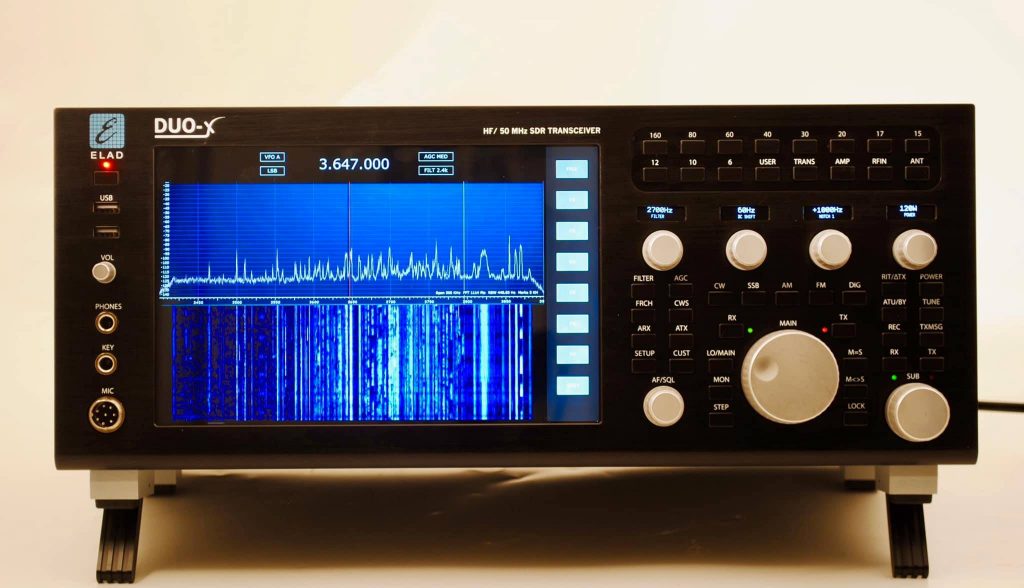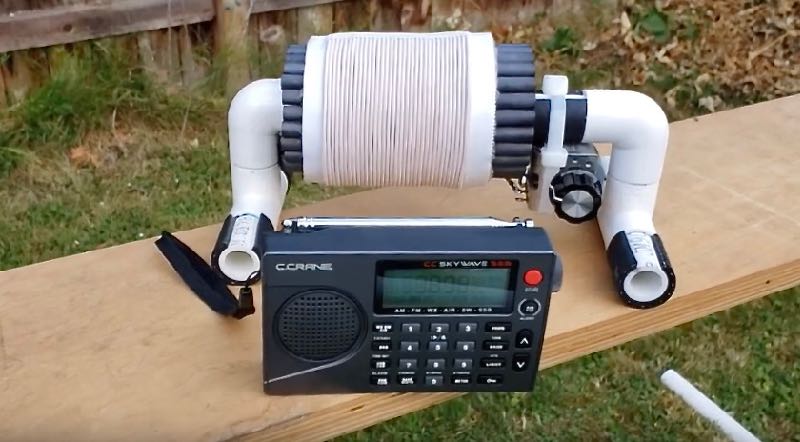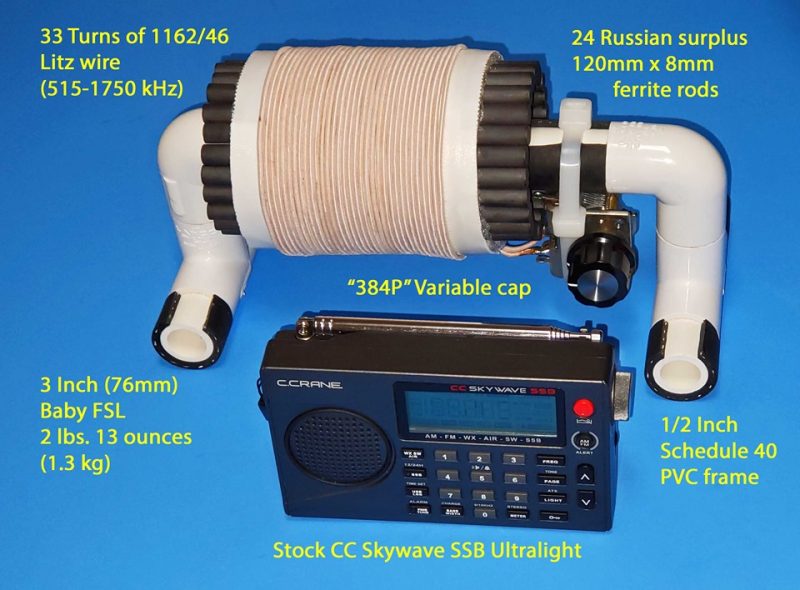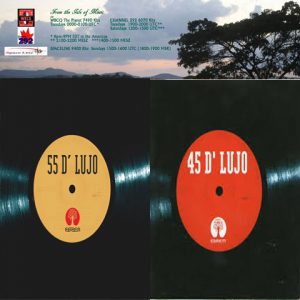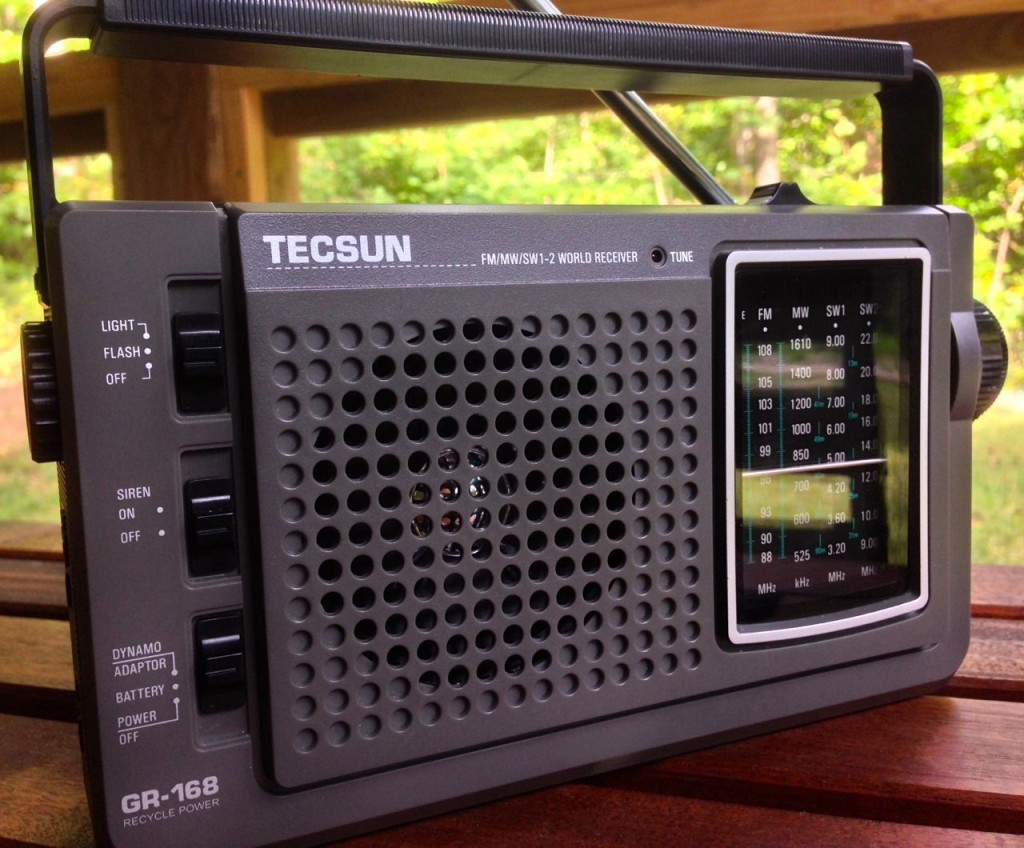
Every year, the BBC broadcasts a special program to the scientists and support staff in the British Antarctic Survey Team. The BBC plays music requests and sends special messages to the small team of 40+ located at various Antarctic research stations. Each year, the thirty minute show is guaranteed to be quirky, nostalgic, and certainly a DX-worthy catch!
After successful listener events from years past, I’m once again calling on all SWLing Post readers and shortwave radio listeners to make a short recording (say, 30-60 seconds) of the BBC Antarctic Midwinter Broadcast today and share it here at the Post (frequencies and time below).

Halley VI: The British Antarctic Survey’s new base (Source: British Antarctic Survey)
The recording can be audio-only, or even a video taken from any recording device or smart phone. It would be helpful to have a description and/or photo of your listening environment and location, if possible. Please only submit recordings made from your location–since this is all about how you’re able to receive the broadcast at your location, we would rather not include WebSDR recordings.
Audio should be in the MP3 format and videos either hosted on YouTube or Vimeo so that I can easily embed them without having to convert and upload myself.
If you submit your recording to me, I will post it here on the SWLing Post–and insure that the British Antarctic Survey receives the post, too. The recordings will be arranged by geographic location. Note that due to my schedule this year, it might take a few weeks before I can curate all of the recordings (the process typically takes 8+ hours!).
Frequencies
UPDATE (June 21, 2019): Broadcast frequencies have been confirmed by the BBC as 5875, 7360, and 9455 kHz.
Please note that the broadcast begins at 2130 UTC on (Friday) June 21, 2019.
The following frequencies were provided by The Bulgarian DX Blog and were used in the BBC test broadcast. Typically, the same frequencies are used during the live broadcast—we will update this post with any last-minute changes.:
2130-2145 on 5875 WOF 300 kW / 184 deg to Antarctica English-very good
2130-2145 on 5990 DHA 250 kW / 203 deg to Antarctica English-fair/good
2130-2145 on 7360 ASC 250 kW / 207 deg to Antarctica English-very good
2130-2145 on 9455 WOF 300 kW / 182 deg to Antarctica English-very good
The Midwinter broadcast is one of my favorite programs of the year. I suppose, in part, this is because it happens on June 21–the Summer/Winter solstice–which also happens to be my birthday! Woo hoo!

